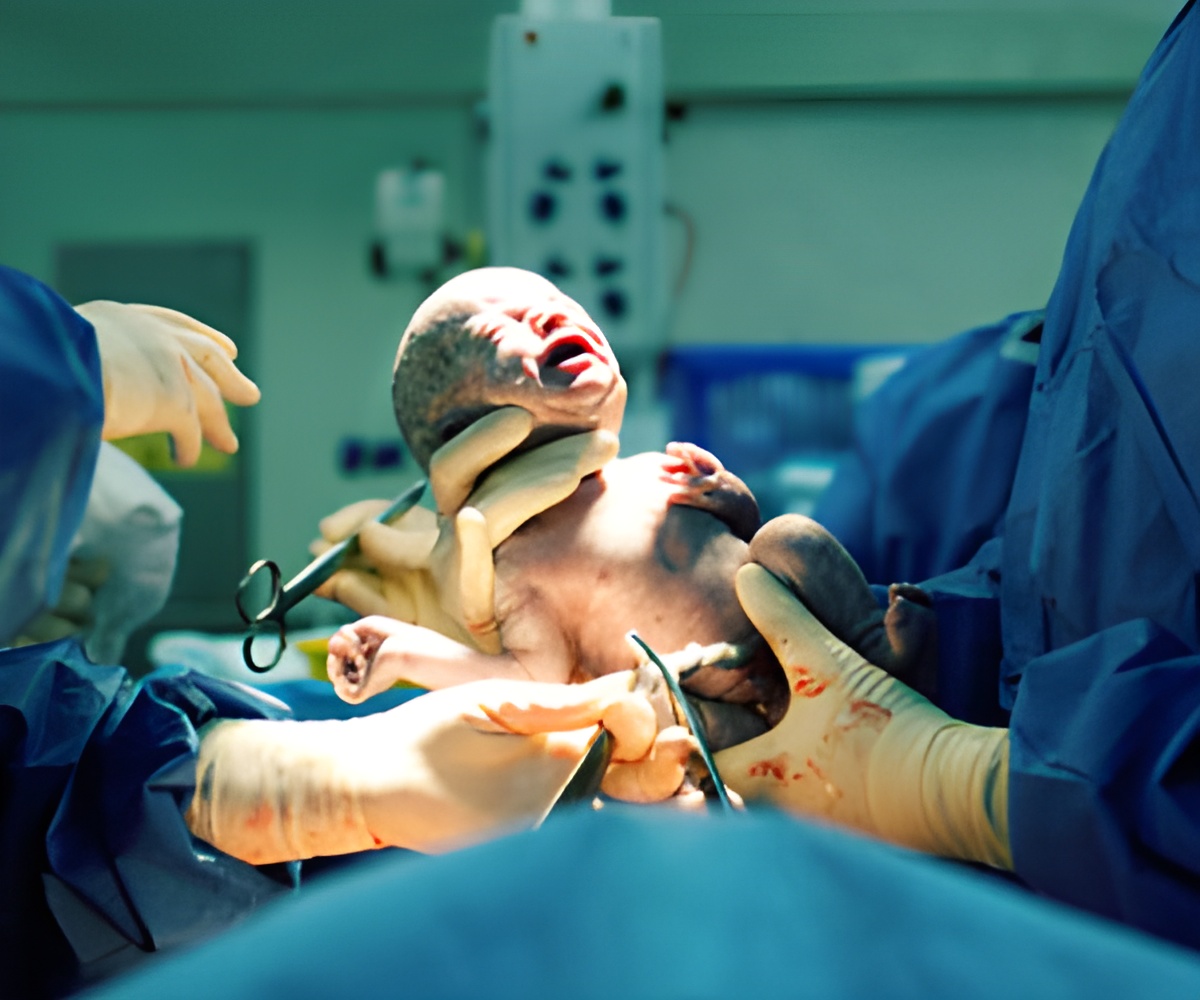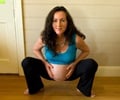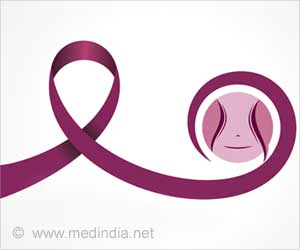How to restore bacteria in babies born through a cesarean section? Vaginal seeding, a process where babies are swabbed with the mother's vaginal fluid restores beneficial bacteria.

Vaginal seeding after cesarean birth: Can we build a better infant microbiome?
Go to source), definitively engrafted new strains of maternal bacteria in the babies’ bodies. These strains normally would not be present in newborns because, during C-sections, infants are directly extracted from their mother’s wombs, bypassing the vaginal canal. In the first randomized study of its kind, published in the science journal mBio, a team of researchers has shown the benefit of this process.
‘The practice of wiping a baby’s mouth, face, and skin with its mother’s vaginal fluids after a C-section, transfers healthy bacteria back to the baby. #Childbirth #human microbiota #Caesaren section’





This study is the first double-blind, randomized, placebo-controlled trial to determine whether vaginal seeding causes maternal bacteria to engraft in the skin and stool of neonates.Is Vaginal Seeding the Natural Way to Restore Healthy Bacteria for C-Section Babies?
Neonates are infants who are younger than 28 days old. In the randomized, blinded study, neither the participants nor the study’s facilitators knew which of the subjects was receiving the material being studied – in this case, the participating mothers’ vaginal fluids – and who were given a placebo.Despite some limitations in this early study, including small sample size and only two samples taken over time, researchers observed significant effects of vaginal seeding on the neonatal microbiota.
The term microbiome refers to the collection of genomes or essential genetic material from all the microorganisms in the environment (2✔ ✔Trusted Source
Recent advances in understanding the neonatal microbiome
Go to source). Scientists have found over recent decades that these collections of microorganisms play a pivotal role in human health, interacting with metabolism, the immune system, and the central nervous system.
Numerous studies have shown substantial differences exist between the microbiomes in neonates delivered by C-section and those born in a vaginal delivery. Some scientists, such as Dominguez-Bello, theorize that babies born via C-section may miss out on exposure to the first live microbes meant to colonize their bodies and sustain their health.
An increasing body of research demonstrates that this thwarting of microbial colonization during critical early-life windows of development alters metabolic and immune programming and is associated with an increased risk of immune and metabolic diseases – including asthma, food allergies, obesity, and diabetes.
Advertisement
Maternal Bacterial Engraftment in Multiple Body Sites of Cesarean Section Born Neonates after Vaginal Seeding - a Randomized Controlled Trial
Go to source).
They also found that, when compared with the babies that received a placebo, the infants that received vaginal seeding hosted a different bacterial population on their skin and in their stool. Their microbiomes included a pattern of bacterial diversity that was more characteristic of those babies who have been breastfed and have been delivered vaginally.
Advertisement
References:
- Vaginal seeding after cesarean birth: Can we build a better infant microbiome? - (https://www.cell.com/med/fulltext/S2666-6340(21)00259-2)
- Recent advances in understanding the neonatal microbiome - (https://f1000research.com/articles/9-422/v1)
- Maternal Bacterial Engraftment in Multiple Body Sites of Cesarean Section Born Neonates after Vaginal Seeding—a Randomized Controlled Trial - (https://journals.asm.org/doi/10.1128/mbio.00491-23)
Source-Eurekalert









